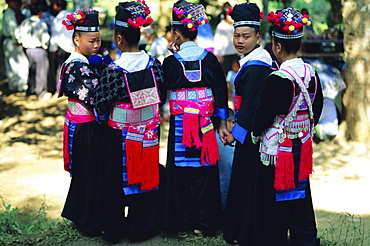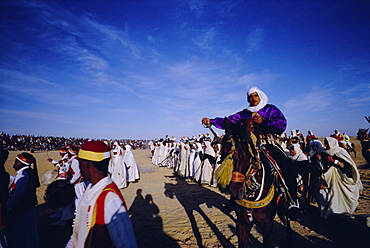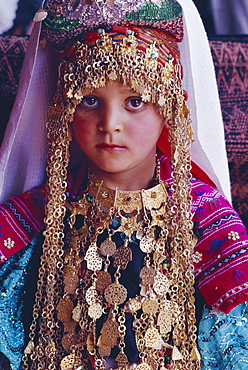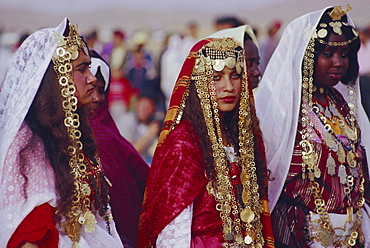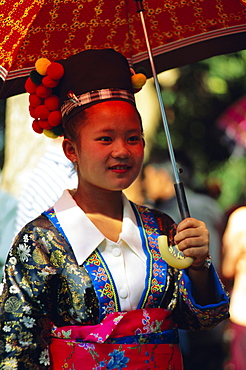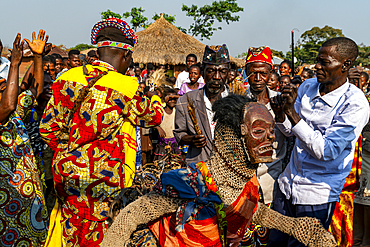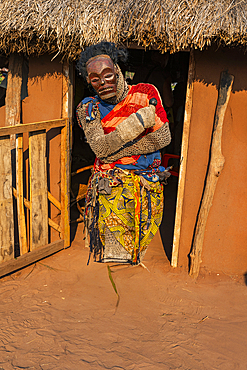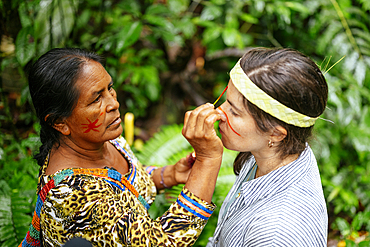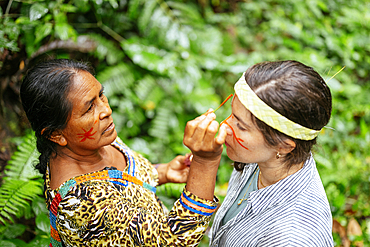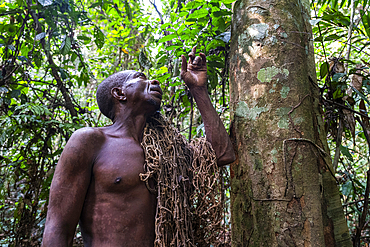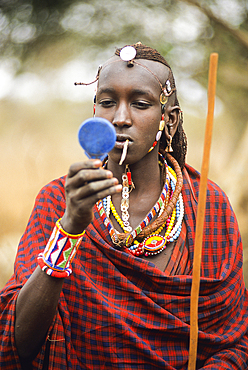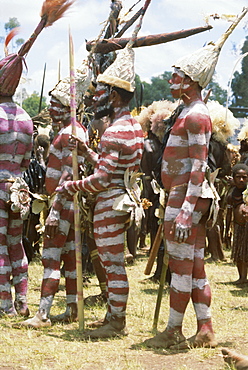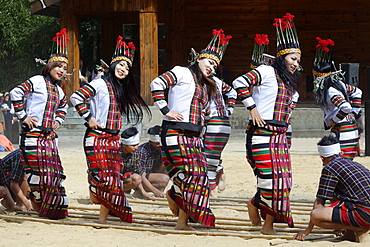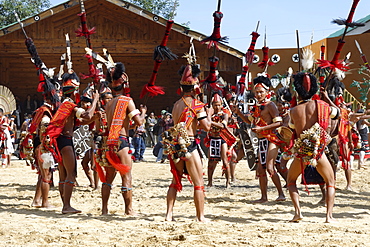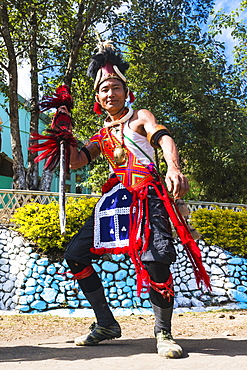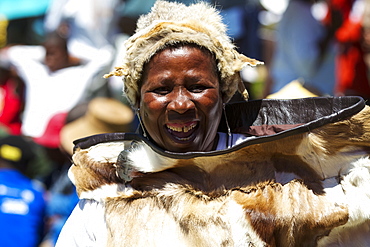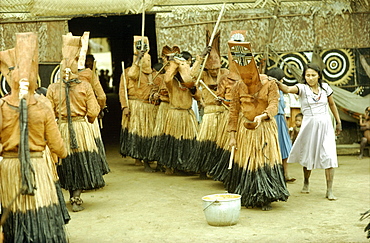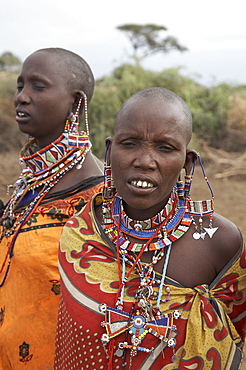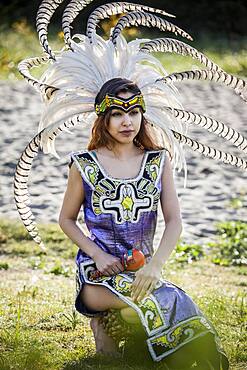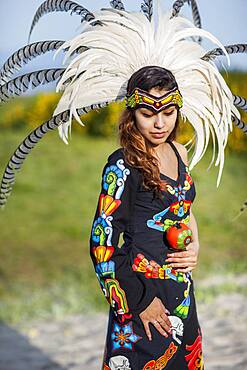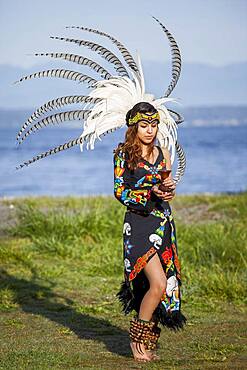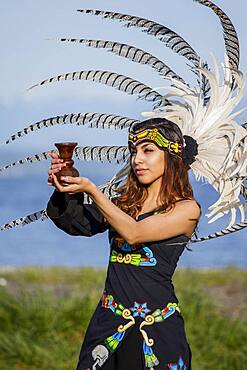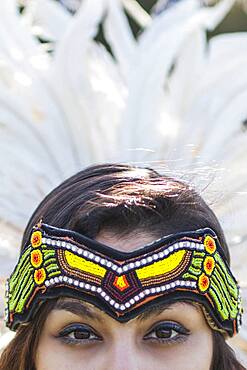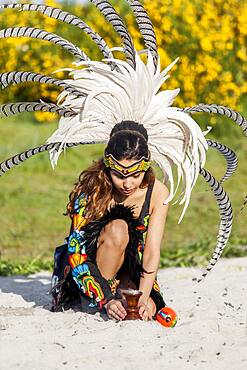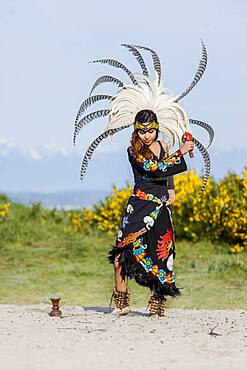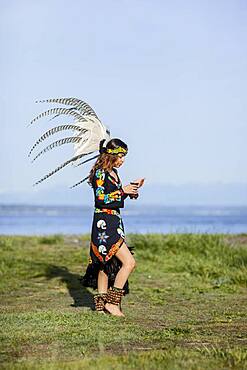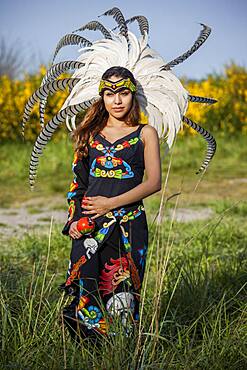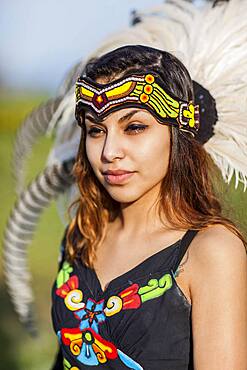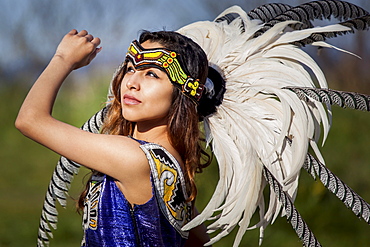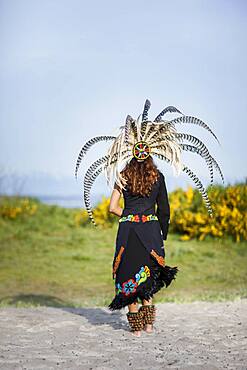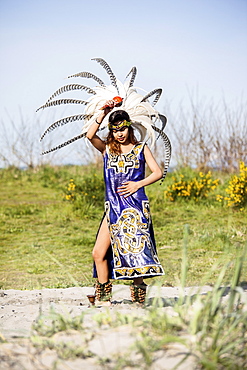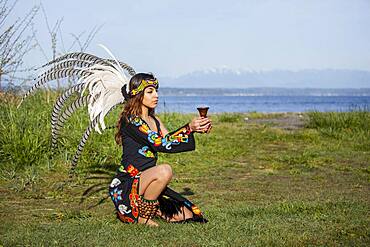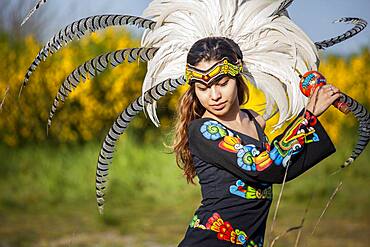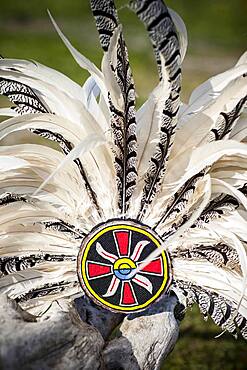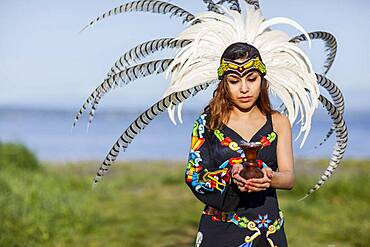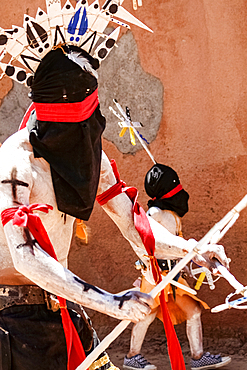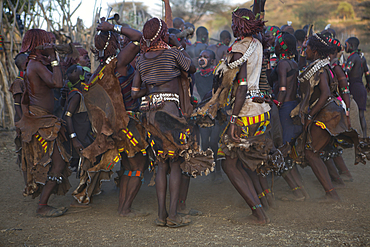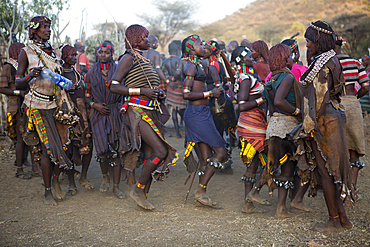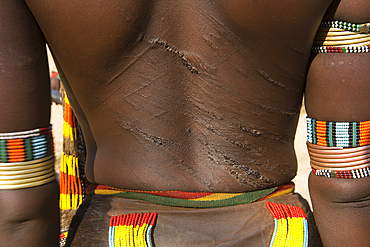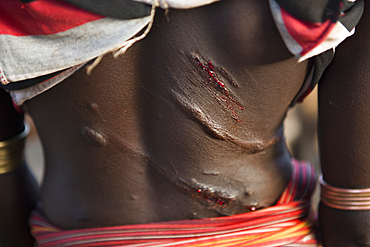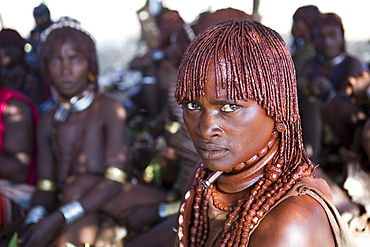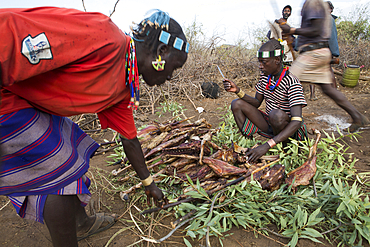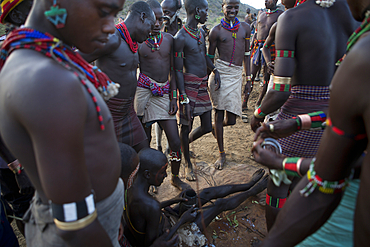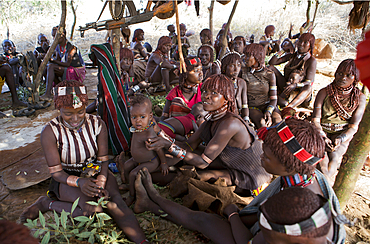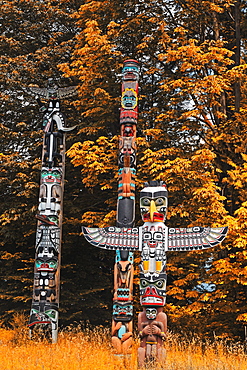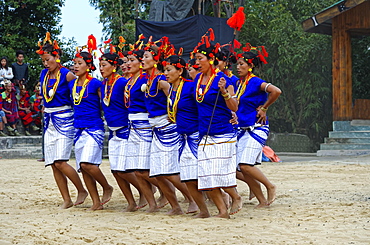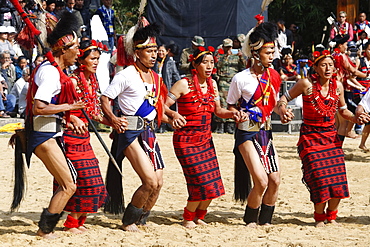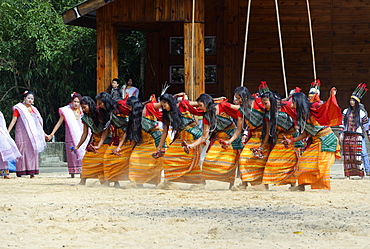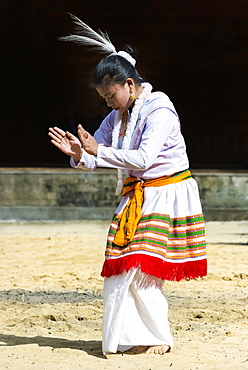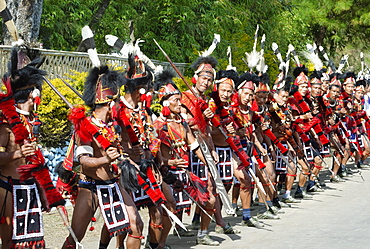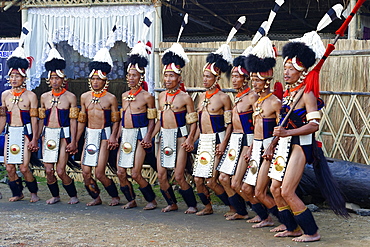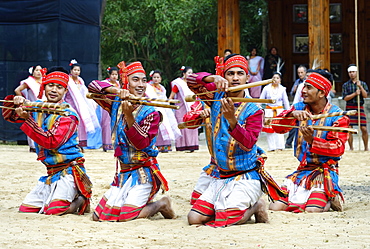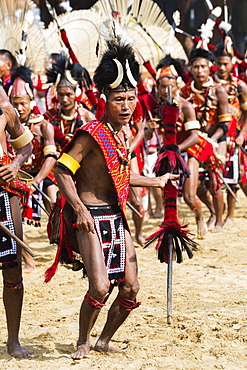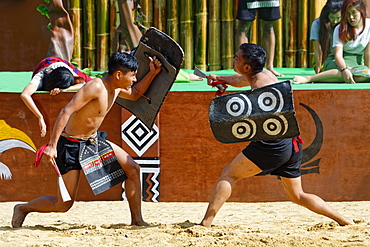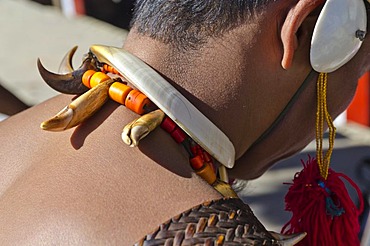Results
29 results found
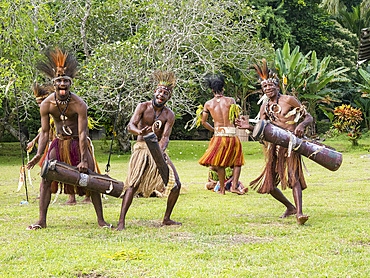
Six different groups of native warriors, drummers, and dancers perform on Kwato Island, Papua New Guinea, Pacific
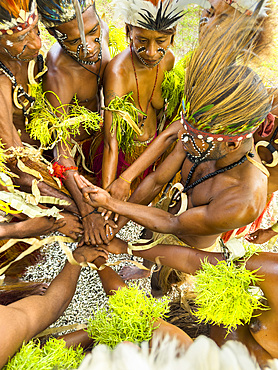
Six different groups of native warriors, drummers, and dancers perform on Kwato Island, Papua New Guinea, Pacific
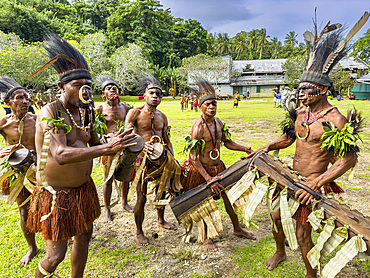
Six different groups of native warriors, drummers, and dancers perform on Kwato Island, Papua New Guinea, Pacific
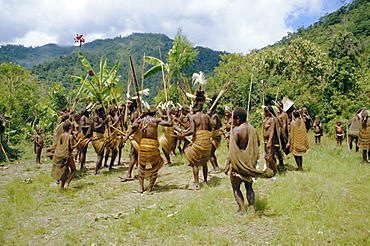
Yali people dancing at a ceremony, Membegan, Irian Jaya (West Irian) (Irian Barat), New Guinea, Indonesia, Asia
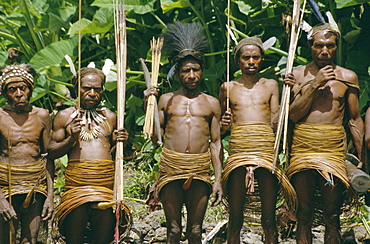
Yali men at a ceremony, Membegan, Irian Jaya (West Irian) (Irian Barat), New Guinea, Indonesia, Asia
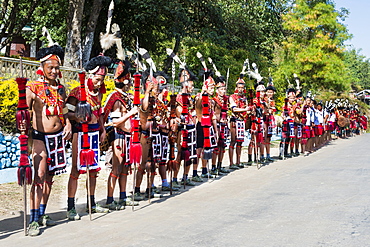
Naga tribal group performers standing in line to welcome officials at the Hornbill Festival, Kohima, Nagaland, India, Asia
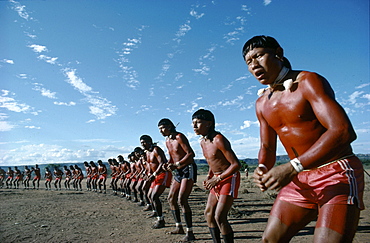
Xavante warriors prepare to wrestle wooden poles, a of taming or harnessing dark jungle forests. Brazil
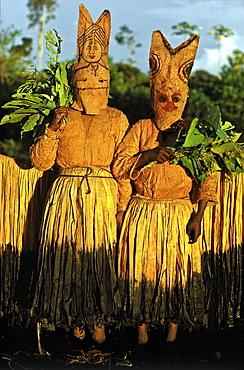
Wearing tree bark cloth masks and skirts, dancers representing fish spirits are invited during the season of the peach palm harvest to drink the juice. it is a feast and ritual exchange: the host group offers the spirits large quantities of peach palm juice, smoked meat and fish, and shaman-blessed coca and snuff. the visitors are the costumed dancers impersonating animal spirits. people eat the meat and fish, animal spirits receive the fruits of peach palm, which are cultivated, harvested, and processed by humans. this exchange expresses the idea that people and animals depend on each other for survival and reproduction. vaupes basin, eastern colombia amazon, population: 600
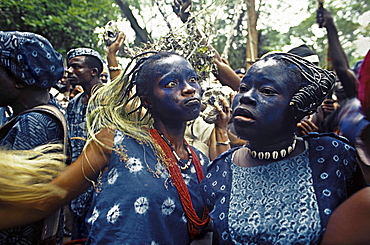
Yoruba women dance in trance at a sacred water festival to honor their animistic spirits. nigeria, africa
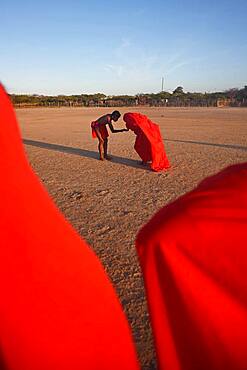
Yonna dance, also called Chichamaya, carries a considerable symbolic charge for the Wayuu indigenous people of Colombia, representing three basic principles for this tribal group: Social equality, collective solidarity and the improvement of relations between the human being and the Cosmos.
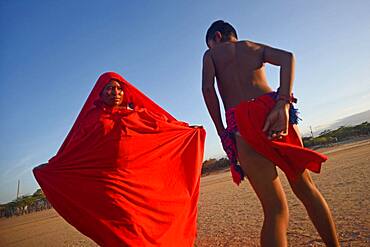
Yonna dance, also called Chichamaya, carries a considerable symbolic charge for the Wayuu indigenous people of Colombia, representing three basic principles for this tribal group: Social equality, collective solidarity and the improvement of relations between the human being and the Cosmos.

Yonna dance, also called Chichamaya, carries a considerable symbolic charge for the Wayuu indigenous people of Colombia, representing three basic principles for this tribal group: Social equality, collective solidarity and the improvement of relations between the human being and the Cosmos.
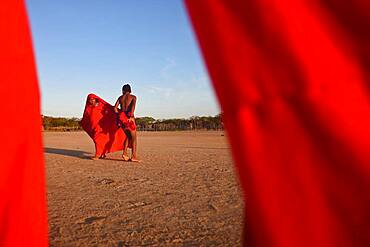
Yonna dance, also called Chichamaya, carries a considerable symbolic charge for the Wayuu indigenous people of Colombia, representing three basic principles for this tribal group: Social equality, collective solidarity and the improvement of relations between the human being and the Cosmos.
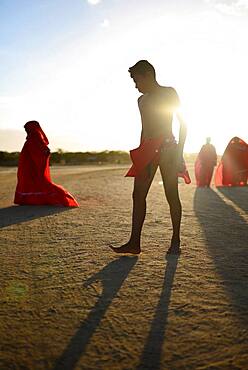
Yonna dance, also called Chichamaya, carries a considerable symbolic charge for the Wayuu indigenous people of Colombia, representing three basic principles for this tribal group: Social equality, collective solidarity and the improvement of relations between the human being and the Cosmos.

Yonna dance, also called Chichamaya, carries a considerable symbolic charge for the Wayuu indigenous people of Colombia, representing three basic principles for this tribal group: Social equality, collective solidarity and the improvement of relations between the human being and the Cosmos.

Yonna dance, also called Chichamaya, carries a considerable symbolic charge for the Wayuu indigenous people of Colombia, representing three basic principles for this tribal group: Social equality, collective solidarity and the improvement of relations between the human being and the Cosmos.
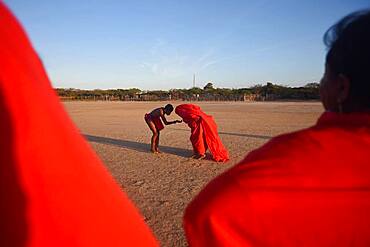
Yonna dance, also called Chichamaya, carries a considerable symbolic charge for the Wayuu indigenous people of Colombia, representing three basic principles for this tribal group: Social equality, collective solidarity and the improvement of relations between the human being and the Cosmos.
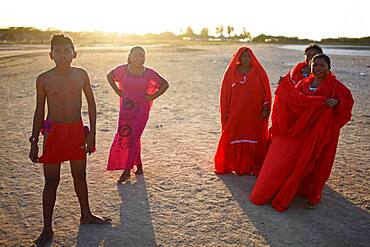
Yonna dance, also called Chichamaya, carries a considerable symbolic charge for the Wayuu indigenous people of Colombia, representing three basic principles for this tribal group: Social equality, collective solidarity and the improvement of relations between the human being and the Cosmos.
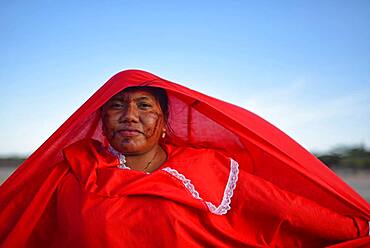
Yonna dance, also called Chichamaya, carries a considerable symbolic charge for the Wayuu indigenous people of Colombia, representing three basic principles for this tribal group: Social equality, collective solidarity and the improvement of relations between the human being and the Cosmos.
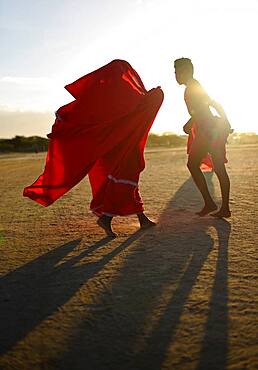
Yonna dance, also called Chichamaya, carries a considerable symbolic charge for the Wayuu indigenous people of Colombia, representing three basic principles for this tribal group: Social equality, collective solidarity and the improvement of relations between the human being and the Cosmos.

Yonna dance, also called Chichamaya, carries a considerable symbolic charge for the Wayuu indigenous people of Colombia, representing three basic principles for this tribal group: Social equality, collective solidarity and the improvement of relations between the human being and the Cosmos.
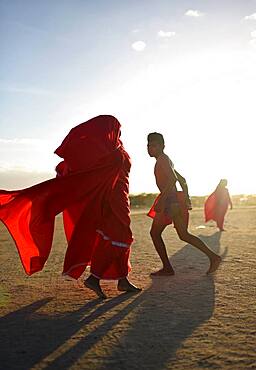
Yonna dance, also called Chichamaya, carries a considerable symbolic charge for the Wayuu indigenous people of Colombia, representing three basic principles for this tribal group: Social equality, collective solidarity and the improvement of relations between the human being and the Cosmos.
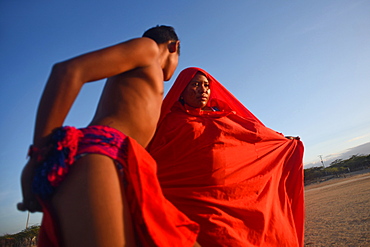
Yonna dance, also called Chichamaya, carries a considerable symbolic charge for the Wayuu indigenous people of Colombia, representing three basic principles for this tribal group: Social equality, collective solidarity and the improvement of relations between the human being and the Cosmos.
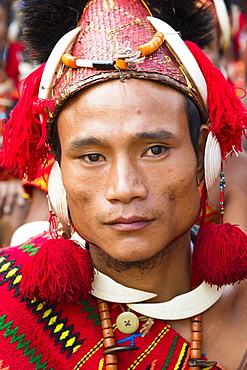
Naga tribal man in traditional outfit, Kisima Nagaland Hornbill festival, Kohima, Nagaland, India, Asia
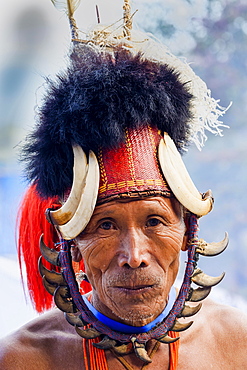
Naga tribal man in traditional outfit, Kisima Nagaland Hornbill festival, Kohima, Nagaland, India, Asia
